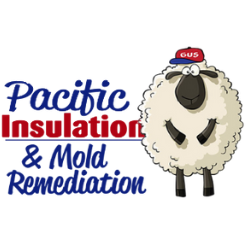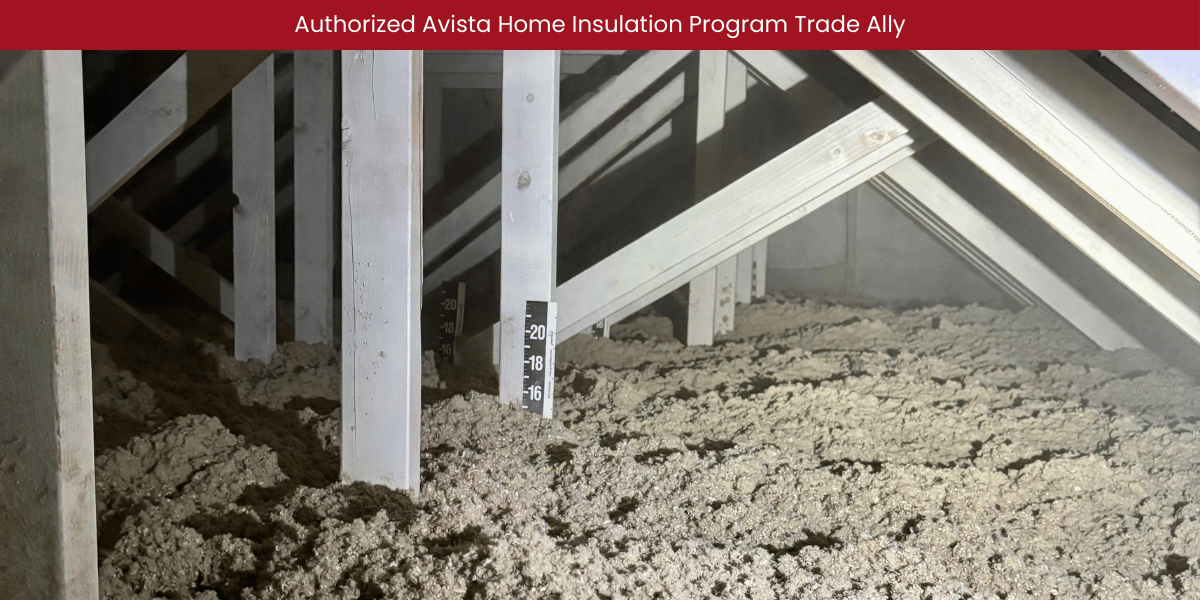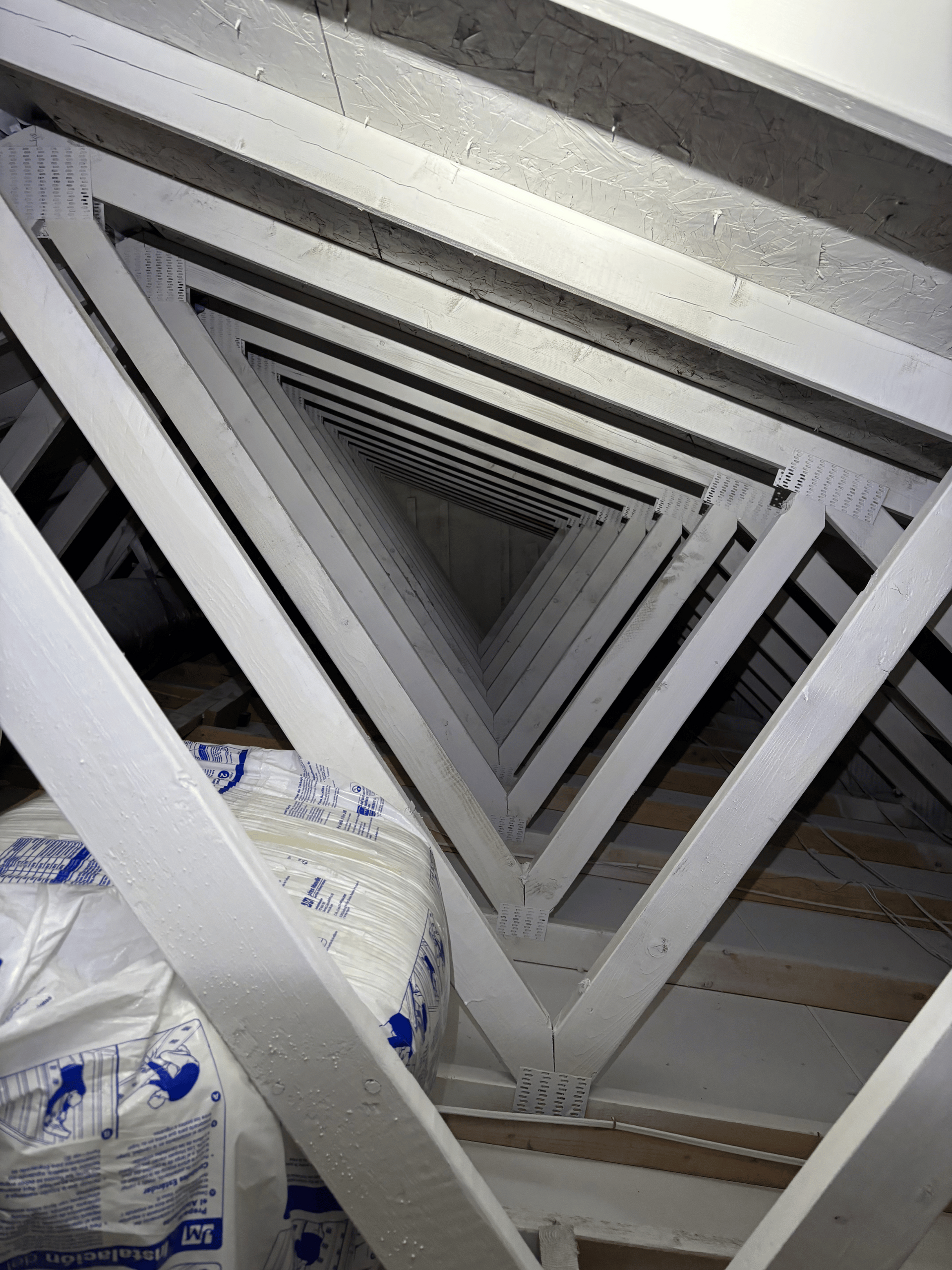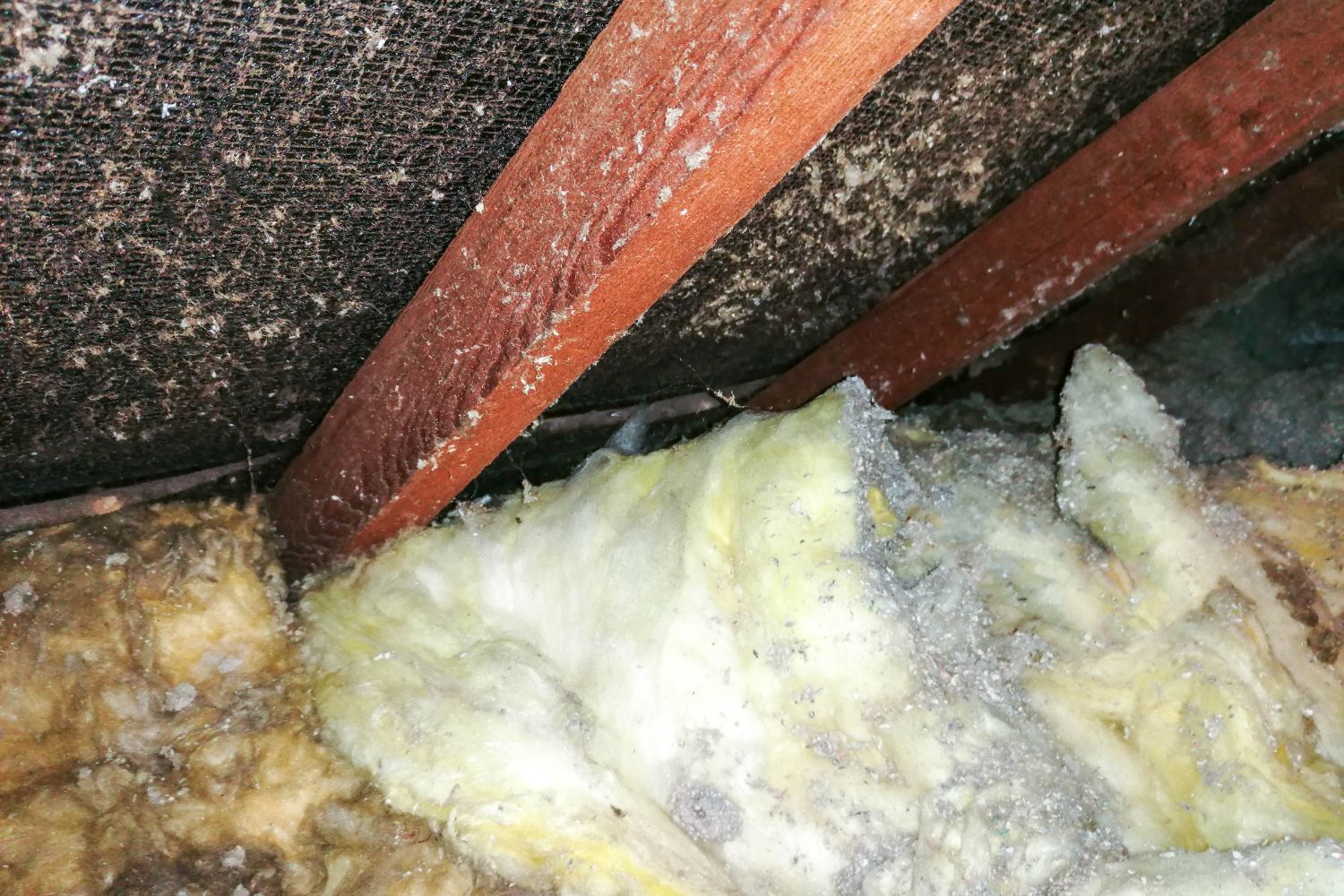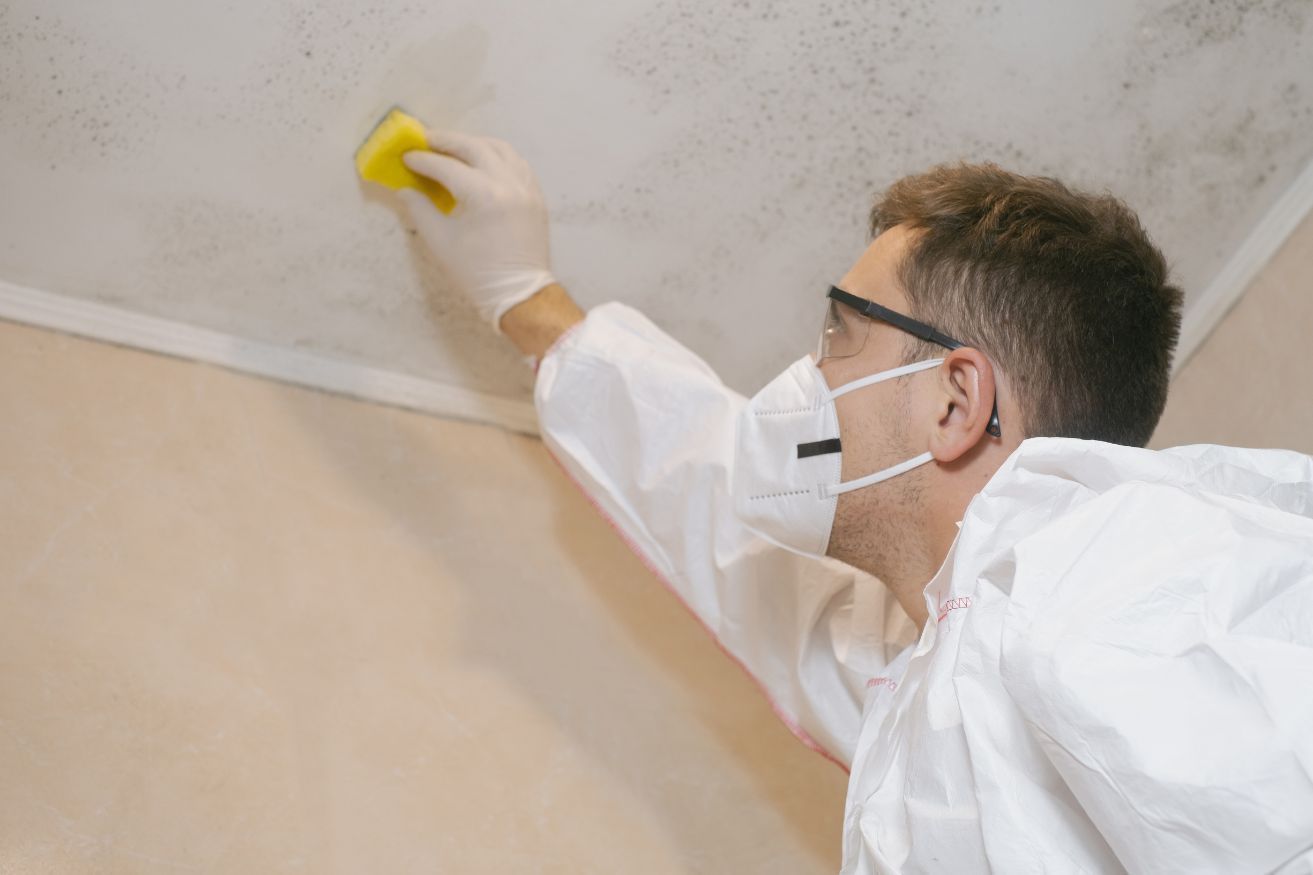Signs of Attic Mold
Identifying Mold Growth in Your Attic
Don't worry; we've got you covered with this easy guide to identifying mold growth in your attic. So, let's dive into the world of mold and figure out what to do if you find some lurking above your living space. Early detection and prevention are key to keeping your attic - and your home - safe and sound.
What Does Attic Mold Look Like?
Mold in your attic can appear in several different forms, and recognizing it is the first step to tackling the problem. Mold is not just an aesthetic issue; its presence indicates an underlying moisture problem that needs addressing. Here's what you should be on the lookout for:
- Black Mold: This type is the most notorious. It's usually black or dark green and may look slimy or fuzzy. Known scientifically as Stachybotrys chartarum, black mold is infamous for producing mycotoxins that can pose serious health risks. This is the kind that can make you sick, so it's important to act fast if you spot it.
- White Mold: Often confused with efflorescence—a harmless salt deposit—white mold looks powdery and can spread quickly across surfaces. It often grows in cool, damp environments and can be particularly deceptive due to its subtle appearance. Despite its less alarming look, white mold can still cause damage and should be removed promptly.
- Green Mold: This mold is quite common and can look powdery or fuzzy. It's often found on wood or drywall. Green mold is typically less toxic than black mold but can still cause health issues, especially in people with respiratory problems. It's important to address green mold to prevent it from spreading and causing further issues.
- Yellow Mold: Known as "house-eating mold," this type can cause significant damage to wooden structures. Yellow mold can be particularly destructive, as it feeds on wood and other organic materials, weakening the structural integrity of your home. Its presence can indicate severe moisture problems that require immediate attention.
Signs of Mold in the Attic
Spotting mold isn't just about what you see. There are other clues to watch for, including changes in the environment that suggest mold might be present even if it's not visible. Recognizing these signs early can help you take action before mold spreads and causes more damage.
Musty Smells
Have you ever walked into a room and thought it smelled like a pair of wet socks left to dry in a dark corner? That musty odor is a telltale sign of mold. If your attic smells off, it might be time to investigate further. Musty smells are often the first indication of mold, as they result from the volatile organic compounds (VOCs) released by mold spores.
Discoloration on Surfaces
Mold can cause wood and other materials to change color. So, if you notice spots of black, white, green, or yellow that weren't there before, mold could be the culprit. Discoloration can appear as patches or streaks and may be accompanied by a fuzzy texture. It's important to differentiate between mold and other stains to avoid unnecessary panic.
Water Leaks or Stains
Leaky roofs or poor insulation can create the perfect environment for mold. If you've had water damage in the attic, there's a good chance mold could follow. Water stains on ceilings or walls are red flags that moisture has penetrated your home's defenses, inviting mold to settle in and thrive.
Can Mold in the Attic Make You Sick?
The idea of mold making you sick might sound like something out of a horror movie, but it's a real concern. Mold releases spores into the air, which can cause a variety of health issues, especially for those with allergies or respiratory conditions. The health impact of mold depends on its type, concentration, and the vulnerability of the individuals exposed. Here are some symptoms to watch out for:
- Respiratory Problems: Coughing, wheezing, and shortness of breath can all be signs that mold is affecting your health. Mold spores irritate the lungs and airways, potentially exacerbating conditions like asthma and chronic bronchitis.
- Allergic Reactions: Sneezing, runny nose, and itchy eyes are common symptoms for those sensitive to mold. Even individuals without prior allergies can develop sensitivities over time if exposed to mold regularly.
- Headaches and Fatigue: Some people might experience headaches, fatigue, or even dizziness when exposed to mold spores. These symptoms can be particularly insidious, often attributed to other causes, making mold exposure an overlooked culprit.
In short, mold isn't just a problem for your home; it can be a problem for your health, too. Taking mold seriously and addressing it promptly can prevent these health issues from escalating.
Is Mold in the Attic Dangerous?
Yes, mold in the attic can be dangerous, not just because of the potential health risks but also due to the damage it can do to your home. Mold can weaken the structure of your attic by eating away at wood and other materials, which can lead to costly repairs. The financial implications of mold damage can be substantial, affecting everything from repair costs to property value.
Structural Damage
Mold can compromise the integrity of your home's structure, leading to weakened beams, damaged insulation, and even ceiling collapses in severe cases. It's not just a cosmetic issue; it can affect the safety of your entire home. Over time, mold can cause wood rot and decay, making previously sturdy beams and supports fragile and unstable.
Reduced Property Value
If you're planning to sell your home, mold can significantly reduce its value. Buyers are wary of mold problems, and having a mold-free home is a huge selling point. Even if the mold is no longer active, the stigma of a past mold issue can linger, affecting buyer confidence and leading to lower offers or prolonged time on the market.
What Causes Mold in the Attic?
Mold loves moisture, so anything that creates a damp environment in your attic can lead to mold growth. Understanding the causes of moisture in the attic is essential for effective mold prevention. Here are some common causes:
- Poor Ventilation: Without proper airflow, moisture gets trapped, creating a perfect breeding ground for mold. Attics need adequate ventilation to allow moisture to escape, particularly in climates with high humidity or significant seasonal temperature changes.
- Roof Leaks: Even small leaks can let in enough water to start mold growth. Regular roof inspections and maintenance are crucial to identifying and addressing leaks before they become serious problems.
- Improper Insulation: Insulation that's not installed correctly can lead to condensation and moisture buildup. Insulation should be uniform and free of gaps to prevent uneven temperatures that encourage condensation.
How to Prevent Mold in Your Attic
Preventing mold is all about controlling moisture and ensuring proper ventilation. Taking proactive measures can save you from the hassle and expense of dealing with mold after it takes hold. Here are some tips:
Fix Leaks Promptly
Any sign of a leak should be addressed immediately. Whether it's a roof issue or a plumbing problem, fixing it quickly can prevent mold from taking hold. Regularly check for signs of leaks, such as water stains or dampness, and address them as soon as they appear.
Improve Ventilation
Ensure that your attic has proper ventilation. This might mean installing additional vents or using fans to improve airflow. Attic fans and ridge vents can help maintain a healthy flow of air, reducing humidity and discouraging mold growth.
Insulate Properly
Proper insulation helps keep moisture out and maintain a consistent temperature, reducing the chance of condensation. Ensure your insulation is up to standard, and consider upgrading if it's old or insufficient. Proper insulation can also improve energy efficiency, offering added benefits beyond mold prevention.
Regular Inspections
Regularly check your attic for signs of mold or moisture. Catching a problem early can save you a lot of trouble. Make attic inspections part of your seasonal home maintenance routine, paying particular attention after heavy rains or snow melts.
Conclusion
Mold in the attic is a serious issue that shouldn't be ignored. By knowing what to look for and how to prevent it, you can protect both your home and your health. If you suspect mold in your attic, it's crucial to address it quickly, either by taking steps yourself or by calling in the professionals. Professional mold remediation can be a worthwhile investment, especially in severe cases.
Remember, a little attention now can save you from a lot of headaches (and sneezes) later! Stay vigilant, and keep your attic mold-free. Your home is your sanctuary, and maintaining a healthy, mold-free environment is essential for your well-being and peace of mind.
